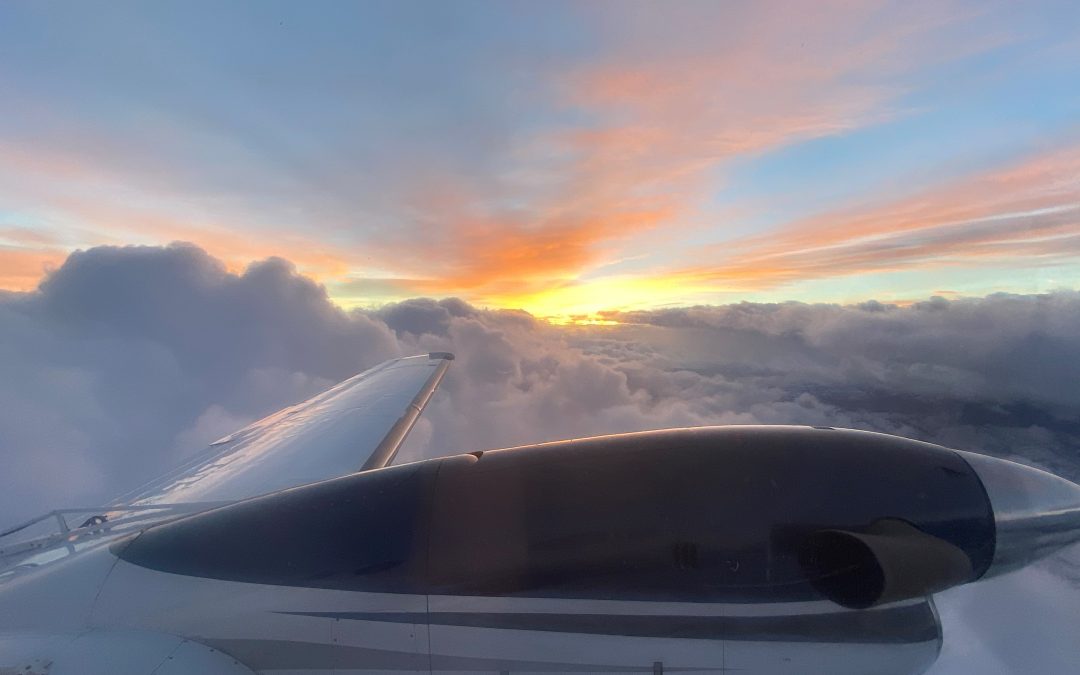An experiment to use a potentially more effective form of cloud-seeding in the North Platte Basin has been postponed indefinitely due to a shortage of planes and funding.
Cloud-seeding from airplanes is able to target specific storms, increasing the technology’s ability to generate more water, but it’s expensive and can cost up to three times more than ground-based programs, according to Andrew Rickert, weather modification program manager with the Colorado Water Conservation Board.
According to Barbara Vasquez, representative from the North Platte Basin to the Colorado Water Conservation Board, the North Platte is the only basin in Colorado where aerial cloud seeding has been conducted so far. Aerial cloud seeding has taken place in the Medicine Bow Range and the Sierra Madre mountains in Wyoming and Colorado, and in Colorado’s Never Summer range.
Rickert said such programs, despite their funding difficulties, are important in building a range of tools to increase water supplies. “With where the state is heading with climate change and drought, it is important for Colorado to do everything we can to bolster our snowpack. You can do as much storage and conservation as possible, but cloud seeding is the only way to physically add water to a system which is something we need to constantly be focused on.”
Cloud seeding involves dispersing a small amount of silver iodide into the atmosphere. The chemical acts as a “dust” particle allowing for water droplets or ice crystals to form in clouds and increase precipitation. Silver iodide is a naturally occurring compound that proponents of cloud seeding claim has no known harmful environmental effects.
The Jackson County Water Conservancy District partnered with the State of Wyoming and Colorado to take on a pilot project in the Never Summer Mountain Range from Cameron Pass to Willow Creek Pass in 2019.
The decision to suspend the North Platte aerial cloud-seeding program is partly due to limited availability of the aircraft from Wyoming, which supplied the plane for Colorado.
“We were working with the Wyoming [Water] Development Office which was paying to house the plane in Wyoming, so one of the problems we ran into was when there were seedable storms in both states, Wyoming always got preference,” Rickert said. “We were OK with that because we weren’t paying as much as them, but we were always playing second fiddle.”
Barry Lawrence, deputy director of planning with the Wyoming Water Development Office, said it was important for Wyoming to have first shot at airplane use. “It was written into our contract that the second priority was to go into Colorado if conditions were right.”
But Lawrence also said there are important benefits to the collaboration between the two states. “It’s important to start thinking watershed wide and not to bar political boundaries/state lines, but to think about the watersheds and what we can do to make the system whole.”
An additional reason for ending the pilot program is funding. In 2018, the Colorado Water Conservation Board approved a three-year, $150,000 grant for the aerial cloud seeding. It was renewed in 2021 for $225,000.
But that’s not much money when it comes to aerial cloud-seeding.
In 2022-2023, Wyoming spent $873,353.00. The Jackson County Water Conservancy District provided an additional $84,000.00 for operations conducted in Colorado’s Never Summer Mountains.
Jimmer Baller, president of the Jackson County water district, says that the program is just too costly right now for the county to take on without future funding from the state, but a revival of the program is not out of the question.
The CWCB’s Rickert said he is already working on increasing cloud seeding operations in the state and is considering how to support aerial seeding.
At the same time, the CWCB has seven permitted ground-based cloud seeding programs in the state from Vail to Grand Mesa, Rickert said.


 Print
Print